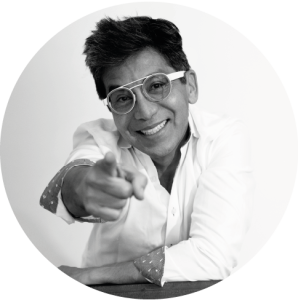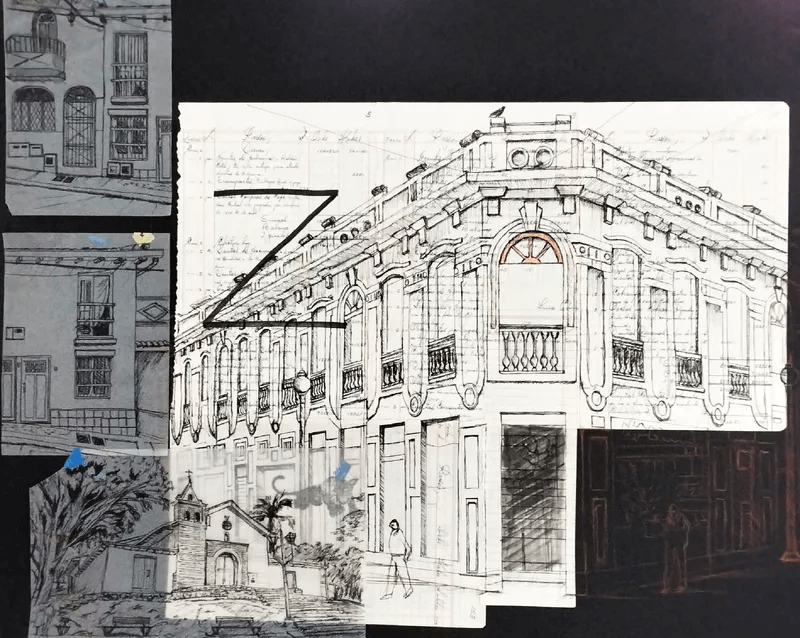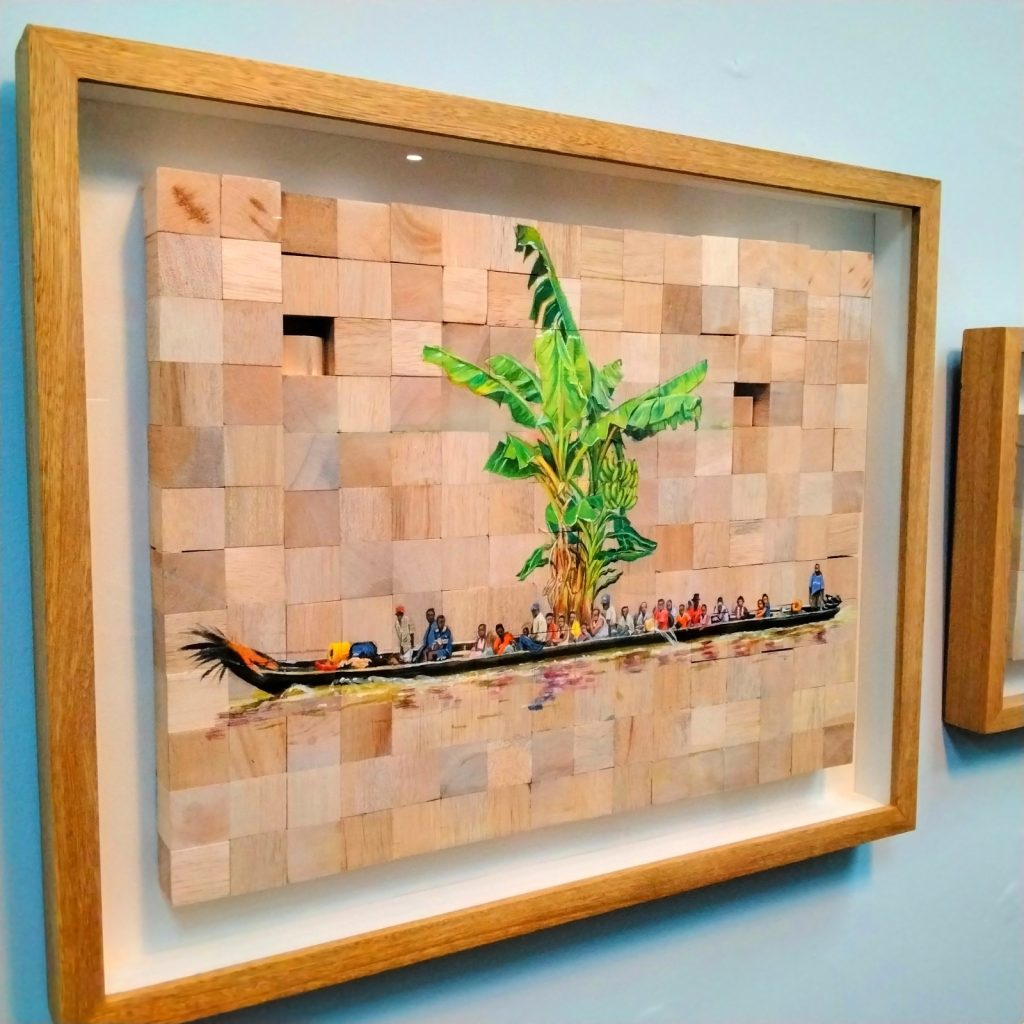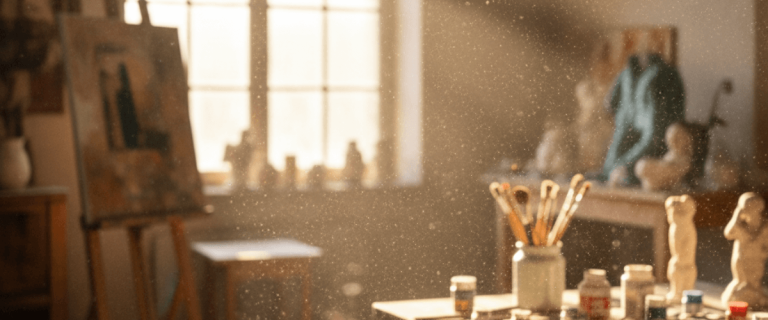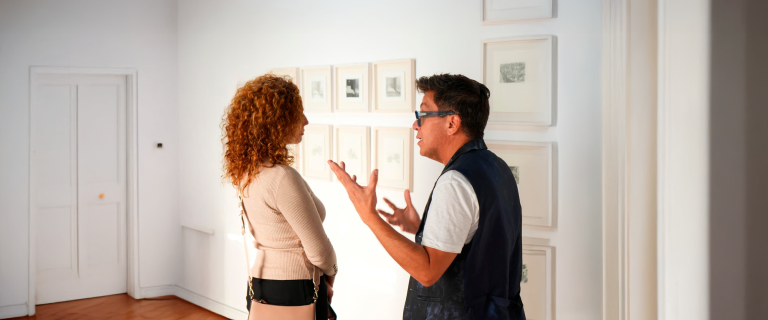
Grand Opening of The Art Dome – Miami Headquarters
Pop Up 108 marked a new era for The Art Dome’s Miami headquarters. With a complete redesign led by curator Liliana Hernandez, the event brought together works from our global artist community and key pieces from Eduardo Ojeda’s collection.
